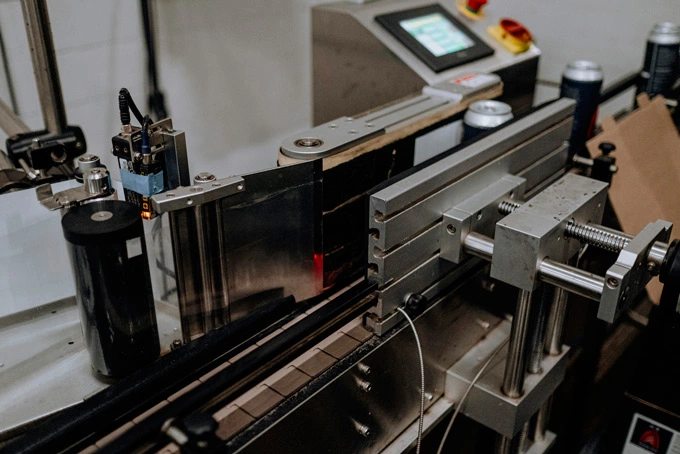Inductor core materials play a critical role in determining the performance and suitability of inductors for various applications. This overview explores the most commonly used core materials, their properties, and the applications where they excel, providing a clear comparison to guide selection.
Air core inductors consist solely of wire windings without a magnetic core. This design eliminates core losses, making them highly effective for high-frequency radio frequency (RF) circuits. They also avoid saturation, ensuring consistent inductance even at high currents. However, their inductance is lower compared to inductors with magnetic cores, requiring a larger physical size to achieve similar performance. These characteristics make air core inductors particularly well-suited for RF applications and signal filtering tasks.
Ferrite core inductors are made from ceramic ferrite, a compound of iron oxide mixed with manganese or zinc. Their high resistivity minimizes eddy current losses, enabling efficient operation at high frequencies ranging from kilohertz to megahertz. Ferrite cores are cost-effective and widely available, making them a popular choice. However, they have a lower saturation flux compared to powdered iron or metal alloy cores, which can limit their use in high-current scenarios. These inductors are ideal for switch-mode power supplies (SMPS) and electromagnetic interference (EMI) filters.
Iron powder cores are composed of fine iron particles coated with insulation to reduce losses. These cores excel in handling high saturation currents, making them suitable for power-intensive applications. The distributed air gap in their structure further helps to minimize core losses. However, they exhibit higher core losses at elevated frequencies compared to ferrite cores, which can restrict their use in certain high-frequency applications. Iron powder core inductors are commonly used in DC-DC converters and power factor correction (PFC) circuits.
Laminated steel cores, often made from thin, insulated sheets of silicon steel, are designed for high energy efficiency at low frequencies, typically between 50 and 400 Hz. They offer high saturation levels, enabling robust performance in demanding conditions. However, their efficiency drops at higher frequencies due to increased eddy current losses, limiting their applicability in high-frequency circuits. These cores are best suited for power transformers and applications operating at AC line frequencies.
MPP cores, made from a nickel-iron-molybdenum alloy powder, are known for their exceptionally low core losses, even at high temperatures. They maintain stable inductance across a broad frequency range, ensuring reliable performance in challenging conditions. The primary drawback of MPP cores is their higher cost compared to ferrite or powdered iron alternatives, which can impact budget considerations. These cores are particularly valuable in high-reliability applications, such as those in aerospace, military, and telecommunications.
Nanocrystalline cores feature an ultra-fine crystalline structure that provides high permeability and saturation, along with excellent performance at high frequencies. These properties make them highly efficient for advanced applications. However, their cost is higher than that of ferrite cores, which may limit their use in cost-sensitive projects. Nanocrystalline cores are well-suited for transformers in renewable energy systems and high-efficiency switch-mode power supplies, where their performance advantages justify the investment.
